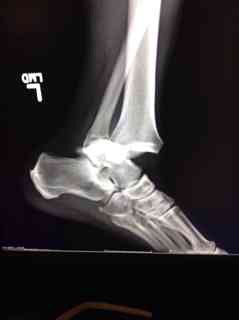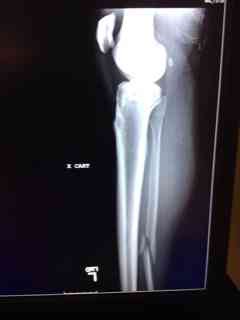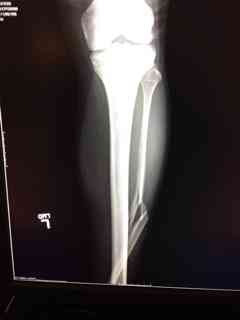rhan101277
Forum Deputy Chief
- 1,224
- 2
- 36
Had this the other day, just decided to lay in on a pillow and use some seat belts. Fall from stairs, -loc, pain 6/10, pms intact. No other trauma noted. Just wanted to get some thoughts on splinting, I didn't believe there was much more I could do and it isn't often that I am splinting bones. Also moving the patient further up the stretcher would have caused the foot to move more so I left in that position on the edge. Pt seemed to tolerate, I did give 25mcg Fentany IN then 75 Fentanyl after I could establish IV access.
Attachments
Last edited by a moderator:




